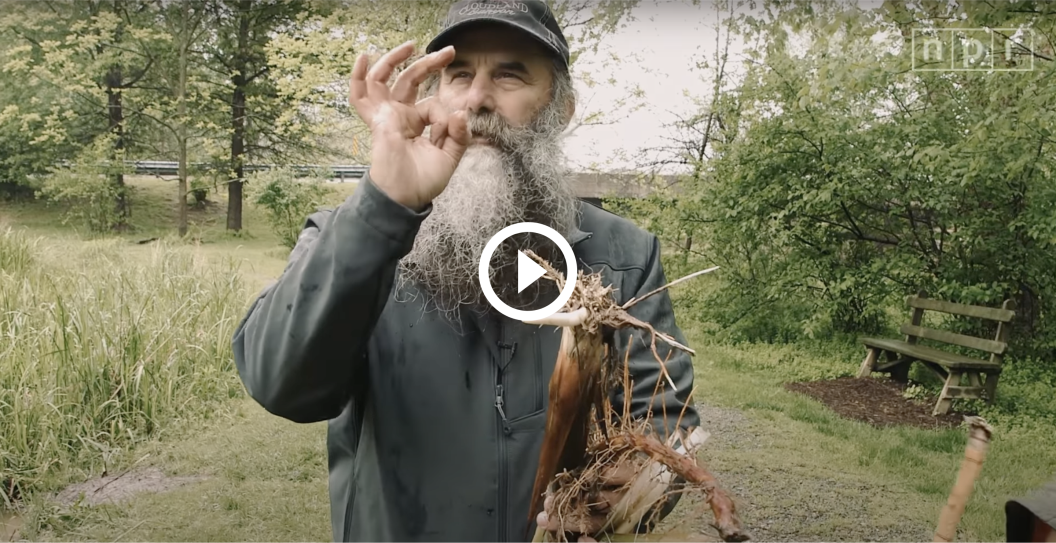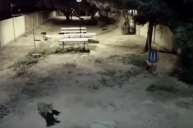When master forager Nick Spero looks at nature, he sees not only beauty but also sustenance.
"I have been foraging for as long as I can remember," Spero said. "It's really amazing when you look around and realize how many things you can eat, and not just eat but enjoy and make a great meal out of."
Spero, a biologist, is a foraging educator; he leads programs and informative foraging walks to teach people about available natural foods. He wants others to look at wild places and be able to recognize all the foods there.
In this video, Spero forages cattail, garlic mustard, wood ear mushrooms and black locust flowers at Eden Mill Nature Center in Pylesville, Maryland. He describes the flavor profiles of each wild foraged food and then prepares a dish using them.
"This area was brand new to me in terms of foraging," he said. "It just goes to show that you can go almost anywhere and find plants that you can eat."
His foraging roots run deep. He remembers his parents talking about wild foods and teaching him what was safe and what to avoid. He cautions others to not only be very careful but to be considerate as well.
"When you pick wild edibles, several considerations need to be carefully thought out," he said. "You need to pick responsibly, you need to pick ethically; and plants are living animals, so you just don't want to rip them out of the ground. You want to be thankful for what you pick and pick responsibly."
It is important to positively identify anything that will be consumed. Even experienced foragers can make mistakes. Don't eat anything that you are not 100% sure of. Never munch on a hunch.
Despite being "safe," some wild foods still may cause a reaction. Before consuming, Spero suggests a rub test. This method involves taking a plant and crunching it up, then rubbing it on a soft spot of your body—such as the inside of your wrist—and then observing to see if there's any reaction. If there is no reaction, take the plant and rub it on your lips. Then wait a significant amount of time; Spero suggests at least a half-hour.
"The first time you eat something, you should eat it sparingly, to make sure that your system is not going to have an adverse reaction to that," Spero said. "See how it goes and then try a little bit more, and then if you know you're OK, have fun."
These tests should follow positive identification, Spero stresses.
Anyone interested in learning more about foraging wild foods should do extensive research, including reading books and participating in educational walks or workshops when possible.
READ MORE: Foraging for Cocktails: Wild Edibles That Belong in Your Bar Cart




